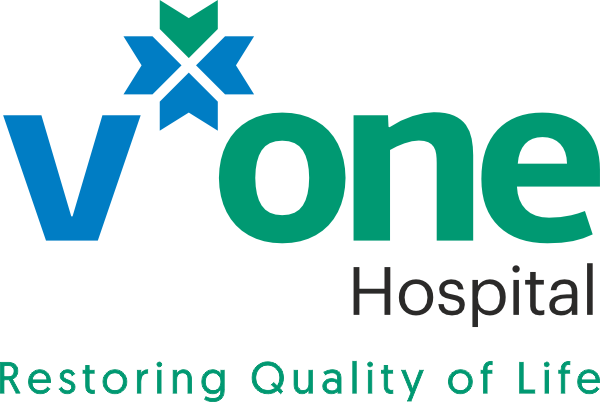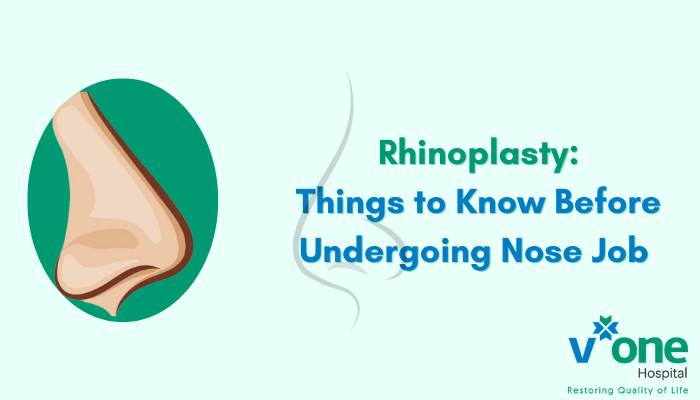Rhinoplasty Surgery – All You Need to Know Before Getting a Nose Job
Women and men today don’t shy away from the idea of getting plastic surgery. With the influences of social media and renewed beauty standards, people are now more accepting and willing to go under the knife to achieve their perfect look.
One of the most common procedures people get is a rhinoplasty – more commonly known as a nose job. If you have been planning to get a nose job but haven’t got one just yet, here’s all you need to know before you make that appointment.
Types of Nose Surgery
There are 4 types of nose surgeries:
1. Rhinoplasty
A rhinoplasty can change the size of your nose, nostrils, and the tip of your nose, and also change the angle between your nose and your upper lip. It’s called cosmetic nose reshaping, and while it mainly involves resculpting the bone and cartilage, it can also help correct some breathing problems.
Rhinoplasty can further be divided into open, closed, secondary, and liquid. In open rhinoplasty, the surgeon cuts the sides of the nasal fins, the lower area of the bridge, and inside the nostrils to lift the nasal skin for making the changes, while in closed rhinoplasty, the surgeon makes two incisions on the inner area of the nostrils without lifting the nasal skin. Secondary rhinoplasty is done to make corrections after a previous rhinoplasty, and a liquid rhinoplasty is non-surgical and done with filler injections to correct minor imperfections.
2. Septoplasty
A septoplasty can correct the defects and deformities in your septum (the wall between your nostrils) through surgery. By straightening your septum, it can make it much easier to breathe if that’s been a problem for you.
3. Rhinoseptoplasty
A rhinoseptoplasty can both improve the appearance of your nose and improve your ability to breathe through your nose. It works on aesthetics as well as function.
4. Turbinate Reduction
The turbinates in your nose are tiny structures that cleanse, heat, and humidify air as it passes through your nose. A turbinate reduction reduces the size of the turbinates to help improve airflow.
How Much Does Nose Surgery Cost?
Costing anywhere between Rs. 40,000 and Rs. 2.5 lakhs, a rhinoplasty is considerably affordable compared to what it costs in some other countries. This may also be why people from across the globe travel to India for a nose job.
The figure may vary for you depending on factors like city, level of expertise, type of implants, and the complexity of the changes you need to be performed.
Recovery Time: How Long does it Take to Recover from Nose Surgery?
The surgery takes somewhere between 1.5 and 3 hours, and it’s not so painful, with most rating their pain between 0 and 4.
Right after the surgery, you’ll wake up in a recovery room monitored by the hospital staff. And then you’ll be able to go home the same day as the surgery.
You may experience some swelling, minor bruising and bleeding, and some pain for the first few days. But while most people get back to performing most activities after a week and all activities after 2-4 weeks, the swelling can take months to subside.
To reduce the bleeding and swelling once you reach home, you will need to rest with your head raised above your chest. There may be internal dressings for up to a week, and you may have to breathe through splints in your nose for support.
It’s normal to bleed a little and observe some mucus drainage once you remove the dressing – a drip pad will take care of that. Your eyelids may also turn slightly black and blue for a few weeks.
You will have to avoid strenuous activities, blowing your nose, smiling or laughing too hard, and wearing clothes you have to pull over your head. The doctor will advise you to switch showers for baths, eat high-fiber foods, and be gentle when brushing your teeth. You’ll also need to stop smoking and avoid certain medicines containing aspirin or ibuprofen a couple of weeks before and after the surgery.
Finally, you shouldn’t rest sunglasses on your nose for a while, and you’ll need to apply SPF 30 on your nose when outside. Also, no ice packs.
What are the Risks involved in Getting a Rhinoplasty?
All surgeries have some risks. With rhinoplasty, there’s only minimal risk involved, and complications are rare. With getting a rhinoplasty, you mainly risk:
- Bleeding
- Infection
- An adverse reaction to the anesthesia
Other less common risks include scarring, difficulty breathing through the nose, an uneven-looking nose, pain, swelling, discoloration, permanent numbness in and around the nose, scarring, a hole in the septum, and the need for another surgery.

